Vegetables are parts of plants that are consumed by humans or other animals as food. The original meaning is still commonly used and is applied to plants collectively to refer to all edible plant matter, including the flowers, fruits, stems, leaves, roots, and seeds. These plant parts are either eaten fresh or prepared in a number of ways, usually as a savory, rather than sweet, dish. There are many vegetables that grow quickly and ready to harvest between 20 and 90 days, from time of transplanting. Many fast growing vegetables are perfect for spring, summer, and fall succession planting. Here are some of them:
- Arugula
- Bok Choy
- Broccoli Rabe
- Cress
- Kale
- Mustard Greens
- Radishes
- Turnips
- Spinach
- Carrots
- Beets
- Bush Beans
- Lettuce
- Squash
- Okra
- Snow Peas
- Spring Onions
- Cucumber
- Escarole
- Kohlrabi
- Microgreens
- Swiss Chard
- Tatsoi
- Brussels sprouts
Arugula

Arugula, also called rugola, roquette and rocket, is a spicy salad green that gardeners in mild, Mediterranean climates can grow from fall until spring. Young leaves have a tangy, nutty flavor that becomes more peppery and pungent as they age. Arugula is commonly used in salads, but can also be lightly sauteed. Arugula is generally ready to harvest about 35-45 days after seeding. So if you time it right, you can have two arugula seasons: one in spring to early summer and another in late summer into fall. It won’t grow well in the high heat of midsummer. In the spring, you can start planting as soon as the soil is workable.
Bok choy

Bok choy consists of white, firm stalks with bulbous bottoms and soft, dark-green leaves at the top. Related to other cruciferous vegetables like Brussels sprouts and cabbage, bok choy, also known as Chinese cabbage, is mild tasting when cooked. Bok choy is typically ready for harvest between 50 and 80 days after sowing. Bok choy doesn’t store well, so use it soon after harvest. In addition to adding it to soups or stir-fries, it is popular when fermented in the traditional Korean method to make kimchi, which will keep for weeks if refrigerated.
Broccoli Rabe
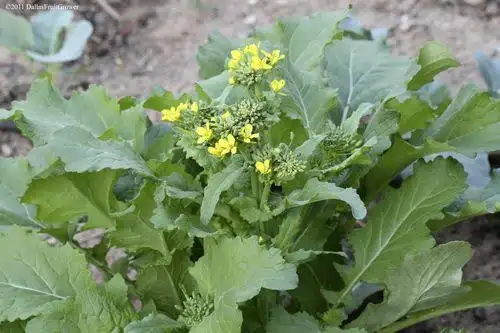
Broccoli rabe or raab is frequently found in Italian dishes. Plus, it provides a flavorful kick when eaten alone or added to sauces and sautes. The broccoli rabe plant resembles a mustard plant more than it does its namesake broccoli. Its leaves are somewhat blue-green, and it has small, broccoli-like buds on several thin stalks. All parts of the plant are edible: the leafy greens, the flower buds and the stems. It is a fast-growing, early spring variety when planted in late winter and maturing in 40 to 45 days.
Also Read: Different Types of Kale Varieties
Cress (Lepidium sativum)
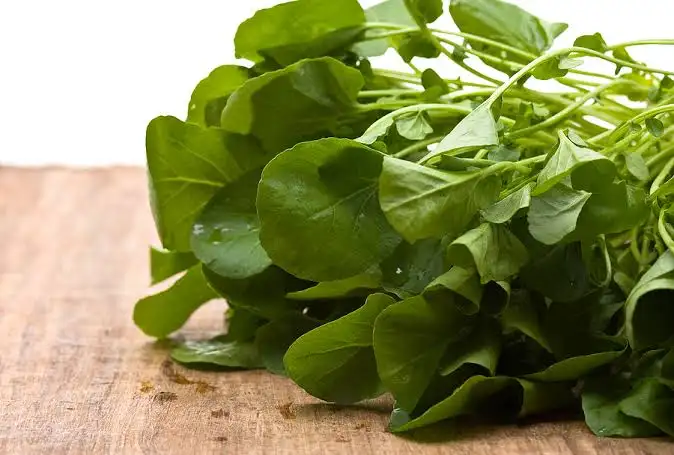
Cress, also known as garden cress or pepper cress, is the rare vegetable that does well in nearly full shade. It matures very fast and likes moist soils. It is known for its peppery and sometimes tangy flavor that works well in soups and stews. Young leaves are excellent in salads and for sandwiches. The cress will sprout in about 10 to 14 days, or when it’s 2 inches tall and ready for harvesting about three weeks after it sprouts.
Kale
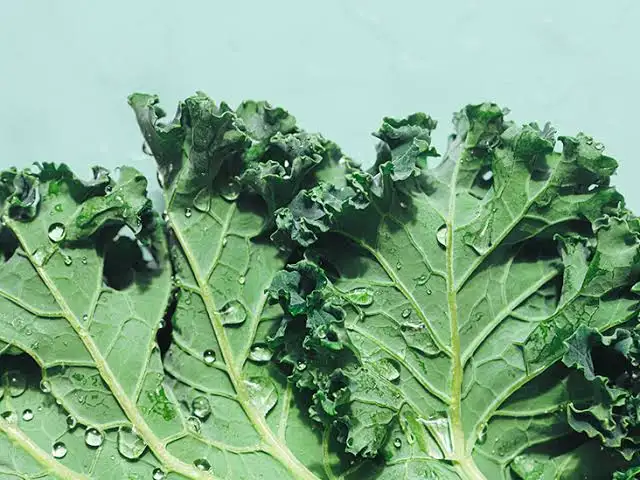
Kale grows quickly, with garden transplants usually ready for their first harvest within 50 to 55 days of planting outdoors. Plants grown from seed require 70 to 80 days from sowing to reach a mature size. The time of year and weather affects the harvest time. Kale grows best in cool weather when temperatures are below 80 degrees Fahrenheit and it can tolerate freezing, but the plant grows more slowly when its below 32 degrees. Kale planted in late summer is usually ready for harvest in early fall, while winter and spring kale is ready in late spring or early summer.
Mustard Greens
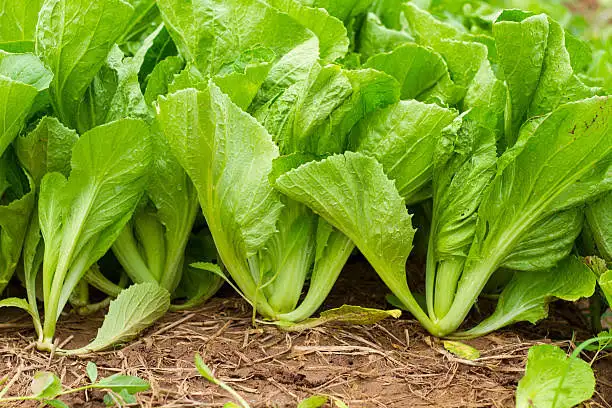
Mustard greens are a leafy plant with a zesty Dijon mustard flavor that is a fiber- and nutrient-rich addition to salads or stir fries. Seeds can be sown year-round in mild climates, though are primarily planted in either the early spring or in the late summer to early fall. Varieties may be smooth-leafed, crinkled, green or reddish purple. The plants mature 40 days after planting, but you can pick and eat the leaves at any time during their development.
Also Read: Major Types of Cabbage Varieties
Radishes

Radishes are a cool weather vegetable that is fast to mature and easy to grow. Tolerant of some shade, radishes are a good choice for home gardeners with less than ideal garden situations. Radishes are frequently ready to harvest between 35 to 40 days after germination. The secret to growing tender, crisp radishes quickly is to plant them in early spring so they mature before the temperatures rise and providing them with the water and nutrients they need to thrive. Radish plants perform well with air temperatures between 50 and 65 degrees Fahrenheit.
Turnips
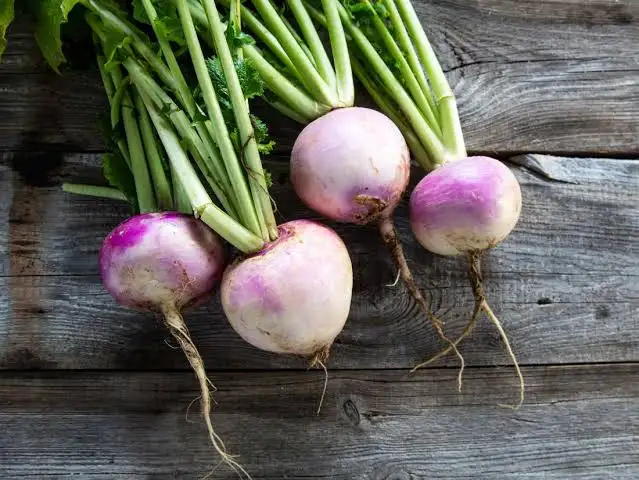
Turnips are a common root vegetable the gardeners can grow for storage, as well as for fresh eating. Like other root crops, such as carrots and radishes, turnips produce the best roots when they grow in the right kind of soil. Turnips are usually ready to harvest 40 to 60 days after planting, though harvest times depend on the variety. That means that for a spring crop, you should plant turnips in late winter or early spring. For a fall crop, plant turnips in late summer. Harvesting turnips at the right time is key to the flavor and texture of the vegetable.
Spinach

Fresh spinach leaves from the garden enhance salads, sandwiches and other culinary dishes. This cool-season vegetable is grows quickly and easily from seed with proper care. Spinach is easy to grow from seed in a container garden, raised bed or traditional garden plot. In the various planting zones of the Bay Area where prolonged freezing is rare, the often-cool climate is perfect for this crop. Spinach seeds germinate best in soil temperatures of 60 to 70 degrees Fahrenheit, and the plants grow well under crisp, sunny conditions. Spinach is ready to harvest in as little as 45 days after planting.
Carrots

In general, most carrots are ripe and ready for harvesting after approximately 90 days have passed from the date that the carrot seeds were first sown. When planting your carrots, mark the specific date on your gardening calendar. Once 90 days have passed, you can then check the carrots for other signs of ripeness and maturity. As a cool-weather plant, carrots should be planted in early spring, or about two to four weeks before the last average frost date in your area. Plant staggered crops every two weeks until the weather warms in summer, and then plant another crop in autumn. Carrots grow best when temperatures are between 60 and 70 degrees Fahrenheit.
Beets
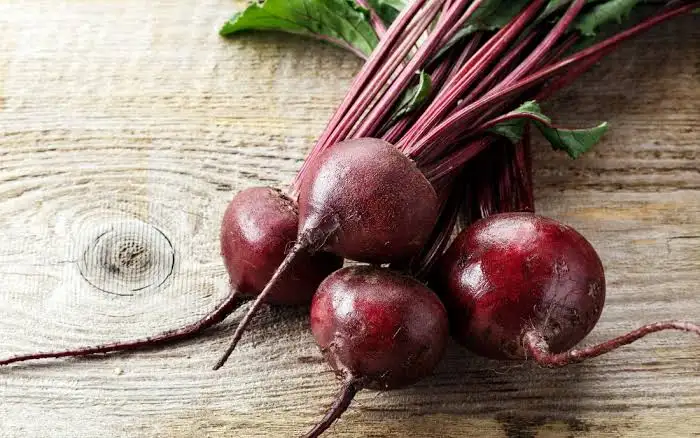
Beets are a cool-season, root vegetable, which means they grow in the cool weather of spring and fall. Although the leaves, called beet greens, are edible and a good source of vitamins, calcium and iron, beets are usually grown to use as a root vegetable. When grown in the right climate, beets can be started from seed repeatedly over many weeks to give a longer harvest season. Generally, take approximately 70 to 90 days to grow from the time of planting. Plant them when daytime temperatures range between 60 and 80 degrees Fahrenheit. They grow in almost any kind of soil, but prefer light, loose, well-draining soils such as sandy to silt loam, with a lot of organic matter like pesticide-free composts and rotted manure.
Also Read: Different Types of Pineapples Fruits
Bush Beans

Bush beans are second only to tomatoes as the most popular vegetables in home gardens. Bush beans, or snap beans, grow on a rounded, shrub-shaped plant. The pods are eaten when the seeds are small. They are also called string beans because of a fibrous string running the length of the pod, but most varieties grown now do not have that fibrous string. Depending on the variety, green beans can be harvested anywhere from 45 to 60 days after planting. Harvest snap beans when the pods are still green and tender and before the seeds begin to swell. Harvest dry bean types only after the seeds fully form and the pods become dry and brittle.
Lettuce
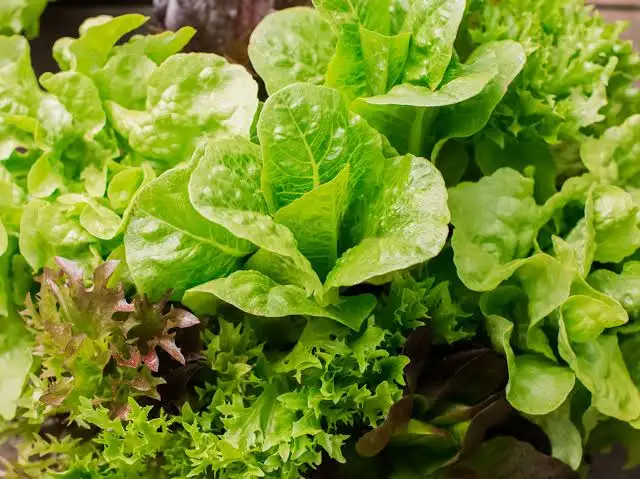
Lettuce is an annual crop suitable for all growing regions. It is one of the most popular plants among backyard gardeners, and it’s also one of the easiest vegetables in terms of planting and care. Lettuce takes 65 to 120 days to mature from seed germination through harvest. The plant is harvested before its final growing stage; if you don’t harvest, it will developing a flower stalk and seeds about a month after the heads form. During the this stage, its leaves gets bitter and tough. This is called bolting and it is caused by factors such as high temperatures, longer daylight hours and less moisture.
Summer Squash
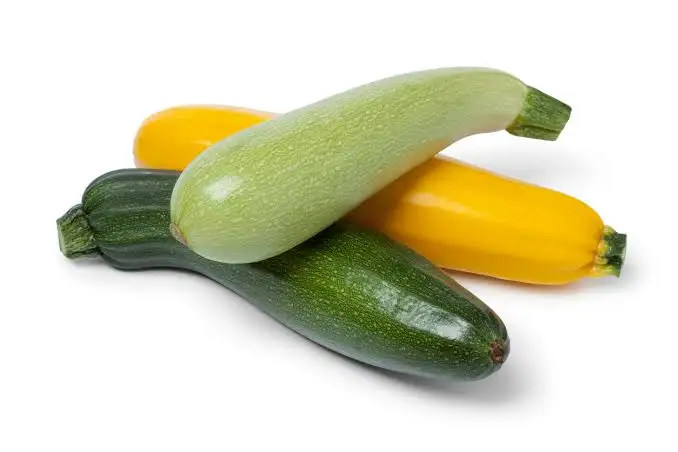
Summer squash includes zucchini, yellow squash, patty pan and scalloped squash. It is grown as a summer vegetable across the United States and can be grown either in the ground or in containers and raised beds. Summer squash produces its first fruits approximately 40 to 50 days from planting, depending on the cultivar and the growing conditions. These tender fruits should be harvested as soon as they are 4 to 6 inches long, while the skin in tender and the seeds have not fully formed. The exception, of course, is with zucchini intended for zucchini bread, which can be allowed to mature on the vine.
Okra
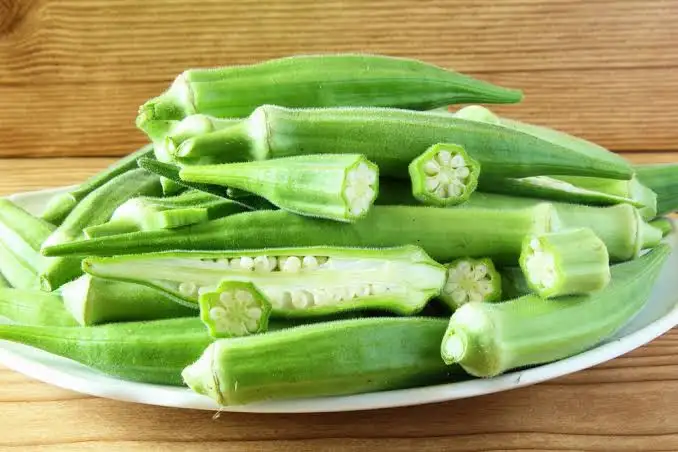
Okra is a warm-season, annual vegetable, growing 3 to 5 feet tall and wide. Okra takes up a large area in the home vegetable garden, but its sweet, tender pods justify the use of space. Okra is a fast-growing crop, and fruits are ready for harvesting in anywhere from 50 to 65 days, usually producing large crops. Once you see the okra flower blooming, you can expect to start harvesting in just a few days, continue harvesting the pods every couple of days so they don’t turn hard and stringy.
Also Read: Different Types of Bananas For Growing At Home
Peas

Pea plants are annuals that enjoy cool spring weather but stop producing and die in warm summer temperatures. Peas are produced on long vines that can grow to several feet, or on more compact plants that grow to 2 or 3 feet tall. Pea seeds can tolerate soil temperatures as low as 40 degrees Fahrenheit, although their ideal temperature for germination is around 75 degrees Fahrenheit. Growing peas in the home garden can be a challenge, though, if your area lacks the ideal weather conditions. Depending on your region, pea plants will start producing pods about 60 to 90 days after planting.
Green Onions
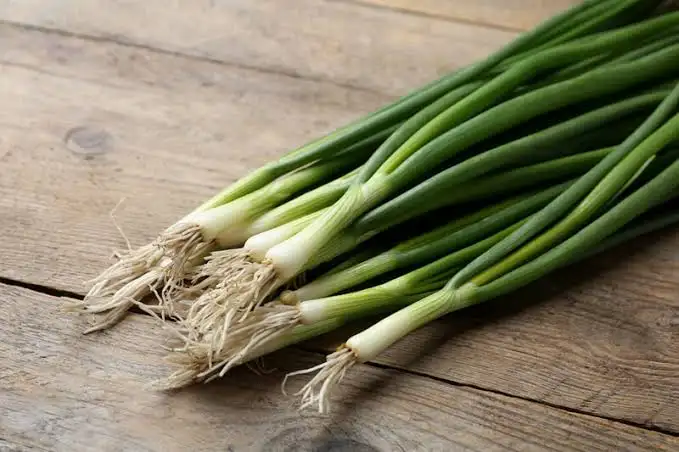
Green onions are also called scallions or bunching onions. Green onion planting can be done either through direct seeding or through transplanting. These onions grow a long green stalk from a small white bulb. Radishes are the quickest-growing garden plants, coming to maturity in as few as three to four weeks, but re-grown green onions are even faster. They’ll be ready to harvest again in 30 to 50 days, and they will show visible growth in two to four days. Grown from any type of bulb-forming onion, green onions are harvested while the bulb is still immature.
Cucumbers
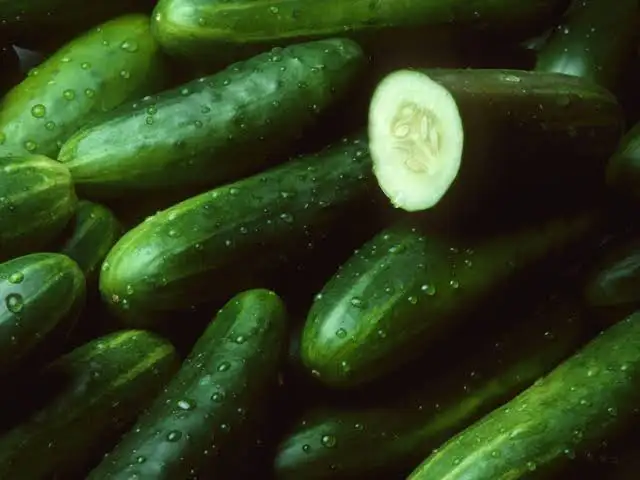
Cucumber is a warm-season, annual vine, that is fairly easy to grow when given a sunny garden location with ample room and loose, well-drained soil amended with organic matter. When properly cared for and kept free of disease, cucumbers produce long, slender fruit that range in length from 3 to 24 inches. It is ready for harvest in 50 to 70 days from planting, depending on how you plan to use them. Once cucumbers start to get to the appropriate size to be picked, be sure to check the plant frequently and remove cucumbers as soon as they are ready. This not only ensures you get a quality harvest but it also encourages the cucumber plant to continue to produce more fruit.
Also Read: Different Types of Edible Mushrooms
Escarole
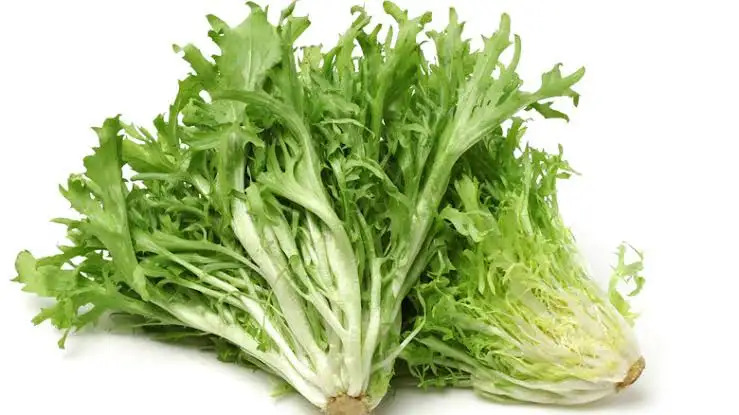
Escarole is an endive variety that belongs to the chicory family. This vegetable, which is a popular staple in salads, has broad, flat leaves and can grow up to 2 feet in height. Escarole can grow as a spring crop or fall crop. Depending on the variety, Escarole take 65 to 98 days until harvest. Because hot weather can make escarole bitter and tough, it’s best planted in fall and harvested in winter. When planted in fertile soil and provided with a consistent water supply, escarole can thrive in temperatures ranging from 60 to 70 degrees Fahrenheit.
Kohlrabi
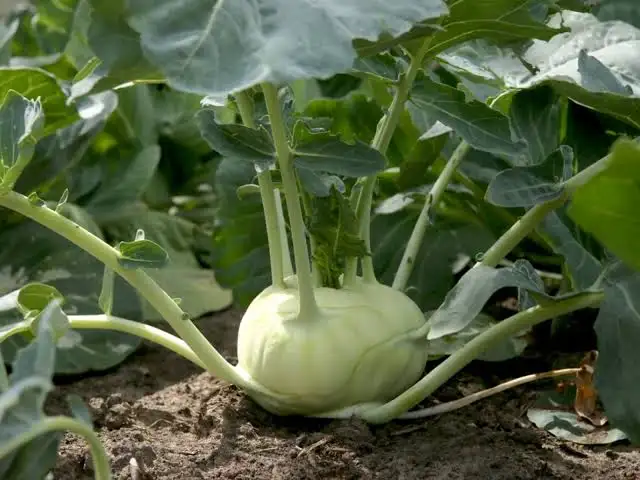
kohlrabi is a cool-season vegetable with a multitude of uses. Its ball-shaped base, which grows above-ground, is often the main attraction – but the stalks and leaves are also edible. The bases are most often described as slightly more pungent versions of turnip. Cooks compare the crunchiness of the stalks to broccoli, and the leaves to spinach or turnip greens. Kohlrabi takes 42 to 60 days to produce and should be picked while it is still less than 3 inches in diameter. Larger kohlrabi can be tough and woody. Kohlrabi grows best in full sun and in soil that is slightly acid.
Microgreens
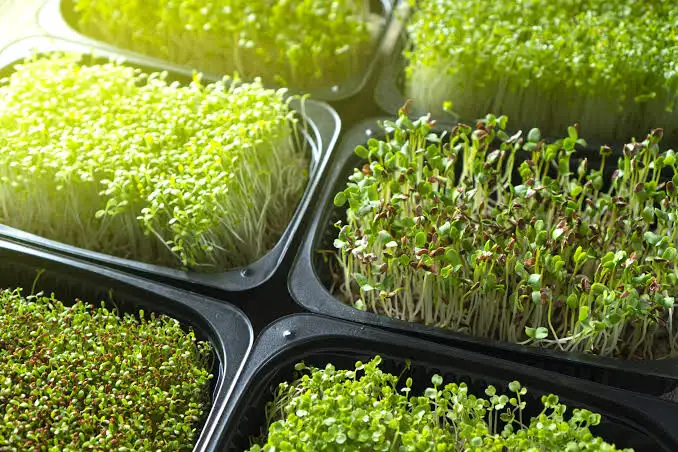
Microgreens are vegetable greens harvested just after the cotyledon leaves have developed with one set of true leaves. They are used as a nutrition supplement, a visual enhancement, and a flavor and texture enhancement. Microgreens are used to add sweetness and spiciness to foods. Microgreens are smaller than “baby greens” because they are harvested very soon after sprouting, rather than after the plant has matured to produce multiple leaves.
Tatsoi
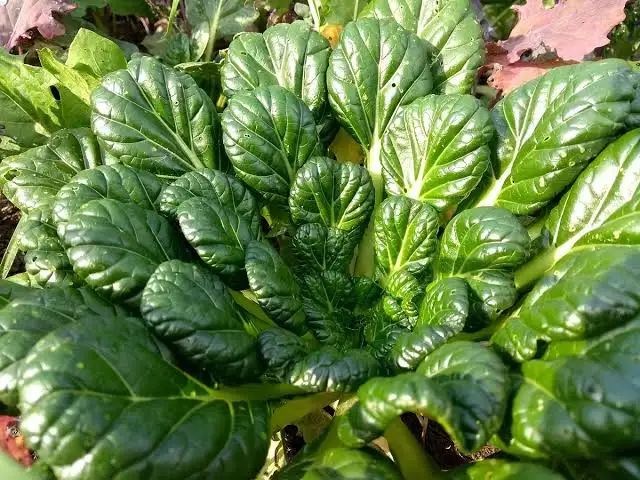
Tatsoi (pronounced taht-SOY) is a non-heading mustard that is very similar in flavor to bok choi. Tatsoi plants tend to grow in a flatter rosette than bok choi, with long, spoon-shaped leaves. You may find them sold loose-leaf or bunched together like celery. The crisp stalks are a pale green and the spoon-shaped leaves are much darker. These greens can be planted in spring (for an early summer harvest) or late summer (for a fall harvest). They grow quickly and can be ready for harvest in as few as 20 days.
Also Read: A List of All Vegetables from A to Z
Swiss Chard
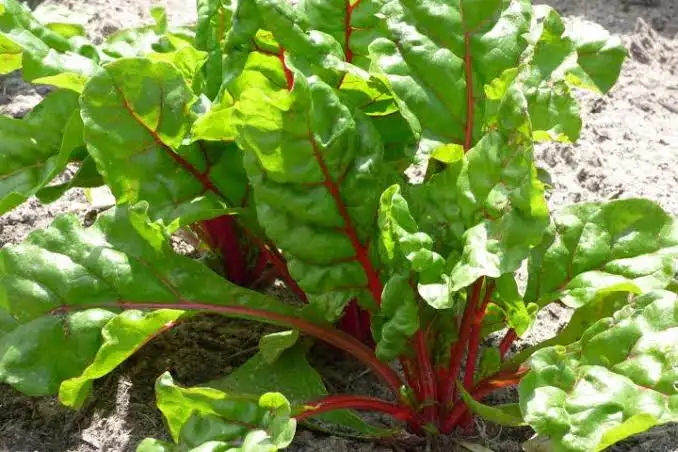
Swiss chard is a colorful cool-season leaf vegetable, produces glossy, edible foliage that’s eaten both raw and cooked. It is a member of the same family as beets. The difference is that Swiss chard does not produce an edible root. Swiss chard is ready for picking 30 days after sowing if you want baby leaves. Harvest chard 45 to 60 days after sowing if you want full-sized leaves with a thick midrib. Harvest Swiss chard once the broad leaves at the outside of the plant are 1 to 2 feet tall and just fully expanded. Smaller leaves can be cut to use as baby greens in salads. New leaves continue to develop from the center of the plant. Outer leaves should be cut away as they age even if you don’t plan to eat them or the plants can stop producing.
Brussels sprouts

Brussels sprouts are named for the Belgian city they have grown around for 400 years. This member of the cabbage family and close relative of broccoli, cauliflower and kale grows best in cool, humid climates. Brussels sprouts are harvested after 90 to 100 days, depending on the variety. The sprout should be about 1 to 2 inches in diameter with tight green leaves. Brussels sprouts leaves should not be yellow. Harvest from the bottom of the plant upward. Sprouts left on the plant will continue to grow and mature.
Further References
- Fast Growing Vegetables: https://www.gardeningknowhow.com/edible/vegetables/vgen/fast-growing-vegetables.htm
- Fastest Growing Vegetables In UK: https://www.myweekly.co.uk/2020/05/25/the-7-fastest-growing-vegetables-you-can-grow-at-home/
- What You Need To Know About Vegetables: https://www.britannica.com/topic/vegetable
- Fruits And Vegetables: https://www.betterhealth.vic.gov.au/health/healthyliving/fruit-and-vegetables
- Benefits of Vegetables: https://www.hsph.harvard.edu/nutritionsource/what-should-you-eat/vegetables-and-fruits/